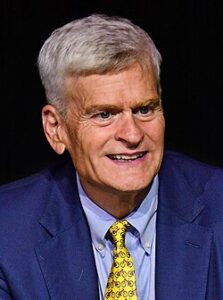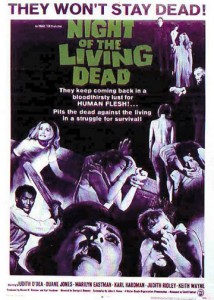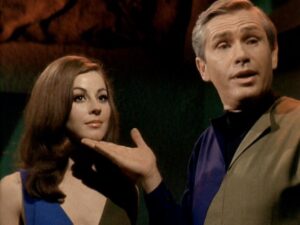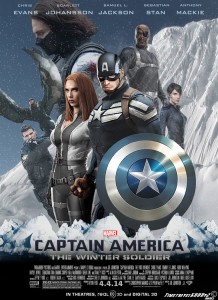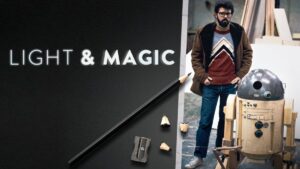.
For those who haven’t been following—and that includes me—HBO had been in development on a dramatized limited series depicting Elon Musk and the founding and eventual success of ![]() his rocket company, SpaceX. Earlier this week, news broke that the series won’t happen and the rights to the biography from which some of the source material was drawn have reverted to the author. The series has suffered an RUD. (The ironic term SpaceX developed for when a rocket explodes instead of flying: Rapid Unplanned Disassembly.)
his rocket company, SpaceX. Earlier this week, news broke that the series won’t happen and the rights to the biography from which some of the source material was drawn have reverted to the author. The series has suffered an RUD. (The ironic term SpaceX developed for when a rocket explodes instead of flying: Rapid Unplanned Disassembly.)
This news has disappointed many of SpaceX’s devoted fans, but I’m not sure such a series, at this time, would likely have been all that great. Don’t get me wrong—I think what SpaceX has achieved and demonstrated, the flight and recovery of orbital-capable boosters, is probably the most important development in aerospace since the jet engine. It’s the dramatized series itself that I doubt. I have a few reasons why I suspect it would have been difficult to pull off a truly great show.
1) We do not have enough historical distance.
Elon Musk, SpaceX, and the challenging rockets being developed are happening right now. They are not history; they are very current events. To tell such a story well, I think it’s important that enough time passes for the passions, partisanships, and preconceptions of those deeply involved to either fade or mellow.
2) Musk is still a very politically active agent.
Musk may or may not be the richest man in the world—stock fluctuations apparently change that title quite quickly—and he is reportedly thin-skinned. It would be quite difficult to make an honest dramatization of him and his nature at this time. No man is a saint, nor is any man entirely a devil; the best stories deal with people who are visibly a mix of the two. Whether Musk himself turned an unfriendly spotlight on the show if made to “look bad,” or whether those still angry over his DOGE activities thrashed the program for presenting him in too positive a light while entangled in today’s political passions, it’s doubtful any studio would have let the story unfold without heavy interference.
3) Whose Story Is It?
A story is about character and the changes and transformations characters evolve through over the course of their crisis. The most likely character for that treatment in a SpaceX story would have been Elon Musk himself, but that lands us even more solidly in the troubles of point 2. If your plot is compelling enough, you can dial back on character growth, but that requires a very clear, dramatic plot. Apollo 13’s Jim Lovell doesn’t really change over the course of the crisis, but the plot is blindingly clear: get home alive—simple and overwhelmingly dramatic. “Can we get a rocket to fly and land?” is not as dramatic, no matter the technical and engineering challenges. Without a central dramatic challenge, you need a strong character arc, so I ask again: whose story is it?
In the end, I think the “died in development” outcome for this proposed show is probably, at this time, the right outcome.

